Is it really possible to replace a LCD TV with a laser TV?
Liquid crystal display (LCD) technology is no longer the future of the display industry. This consensus has been widely accepted by major players in the field. Leading companies and TV manufacturers have already started preparing for the next era of display technology years ago, aiming to take the lead in the upcoming revolution. For instance, LG Display began its OLED TV strategy as early as 2013; Samsung and TCL have been investing heavily in quantum dot (QLED) technology in recent years; and Hisense launched laser television products as early as 2014.
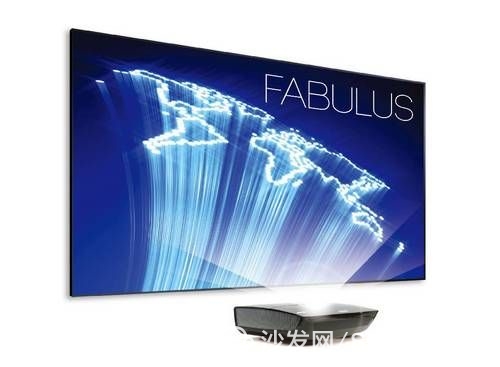
From a technological perspective, OLED is currently the most mature self-illuminating display technology. There are 13 TV manufacturers worldwide actively promoting OLED TVs, which are highly favored by premium consumers. Quantum dot display technology also holds great promise, with a future direction leaning toward self-illumination. Samsung (which acquired QD Vision) and TCL (through Hua Xing Optoelectronics) are striving to break free from LCD limitations and establish themselves in the QLED market.
Can laser TVs replace LCD TVs? If OLED and QLED technologies have already taken shape, then laser TVs are the most intriguing and confusing option. With so many brands and concepts flooding the market, it's easy for consumers to feel overwhelmed. The laser TV industry needs a true leader to bring order and standardization. Throughout the history of laser TV development, only Hisense has demonstrated the strength and vision to lead this transformation.
As early as 2007, Hisense started developing laser display technology. Although the concept was first introduced by LG Electronics, the technical challenges were too high, leading them to abandon the project. However, Hisense persisted and eventually launched its first laser TV product in 2014. The immersive experience of large-screen projection quickly captured attention.
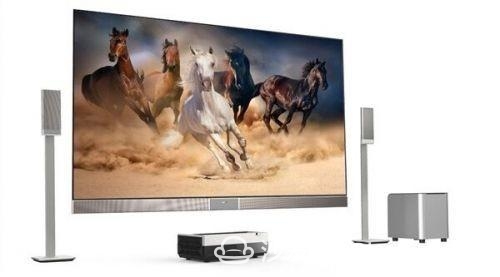
Many people might think that Hisense’s laser TVs are just a side venture, with LCD still being the main focus. But Dr. Xianxin Xian, Deputy General Manager of Hisense Laser Display Co., Ltd., believes that "Laser TV can replace LCD TVs." That’s why Hisense has gradually reduced the size of its laser TVs from 120-inch and 100-inch down to 88-inch and 80-inch, and even plans to explore 70-inch or smaller models in the future.
Interestingly, the price of large-size LCD TVs is significantly higher than that of laser TVs. As laser display technology continues to evolve and production costs decrease, along with advantages such as eye protection, portability, and space efficiency, it's not impossible for laser TVs to eventually replace LCDs.
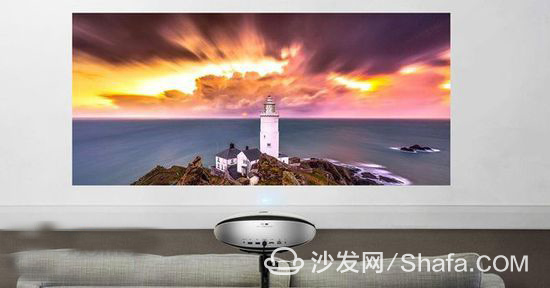
How can laser TVs overcome quality limitations? The principle behind laser TVs is ultra-short throw projection technology. However, there is still a gap between the image quality of laser displays and mainstream LCDs, let alone high-end OLED and QLED models. Most projector manufacturers tend to avoid discussing weight and instead focus on brightness and size—this is actually misleading.
The current laser TV market is chaotic, with uneven quality and significant price differences. Higher brightness often means lower color accuracy, while larger screen sizes result in reduced brightness due to distance. Relying solely on brightness as a specification is not convincing. Hisense, however, sets a benchmark with its fixed-size models, high-quality screens, and integrated surround sound systems, delivering the best audiovisual experience.
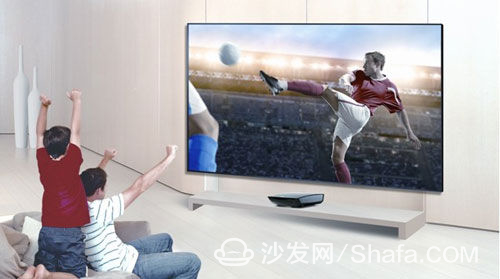
Dr. Liu Xianrong stated that the quality of Hisense’s laser TVs is benchmarked against LCDs. Laboratory data aims to match or even exceed LCD standards, and the service life is also well-supported. Only when laser TV reaches this level of quality can it truly replace LCDs, as consumers are unlikely to pay for inferior image quality. On the contrary, their pursuit of visual excellence is endless.
Behind the laser TV market lies massive business potential. In 2016, global TV sales reached 200 million units, while the projection market was only 8 million (excluding micro investment). This highlights the vast opportunities in the laser TV sector. Recently, brands like Hisense, Mimi, Nuts, Micro Whale, Kansang, and Xiaomi have entered the laser TV/micro-investment market, driven by optimism about the future of laser display technology.
Wallpaper OLED TVs are redefining what a TV can be. For decades, TVs have had a fixed form, but the emergence of wallpaper OLED and screen-sound OLED TVs in 2017 changed everything. Dr. Xianfeng Liu believes that laser TVs also have great potential in terms of form and design. The TV of the future should not be bulky or unattractive.
The Three Kingdoms era: who will come out on top? OLED TVs are showing strong potential, but production capacity is still limited. Consolidating advantages through increased output is key. QLED technology, supported by Samsung, TCL, and Hisense, has huge potential once self-illumination is fully realized. Laser TVs, on the other hand, need to standardize the industry and prove their quality in image performance.
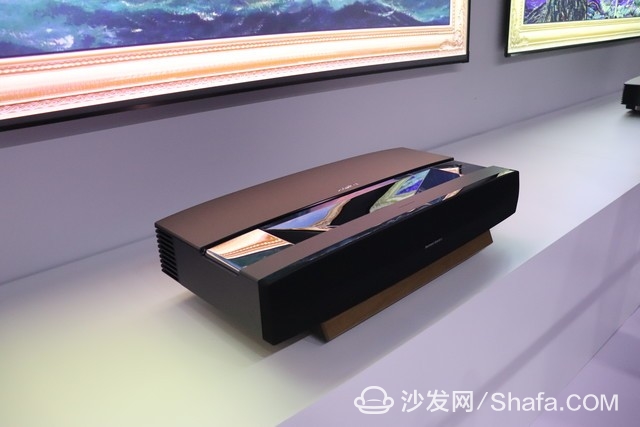
There is no doubt that although LCD TVs have a long lifecycle, they are becoming synonymous with low-end options. Various new display technologies are emerging and gaining traction. While OLED and QLED TVs are currently popular, laser TVs seem to be overlooked.
Samsung, LG, and Sharp all have their own panel businesses. TCL owns Huaxing Optoelectronics, Skyworth has a stake in LG Display, but Hisense does not. This makes laser-free screen TVs an excellent opportunity for Hisense.
Smart TV/box information can focus on smart TV information network sofa butler (http://), China's influential TV box and smart TV website, providing information, communication, TV boxes, smart TVs, smart TV software, etc. Answering questions.





Braided Sleeve,Braided Cable Sleeve,Expandable Braided Sleeving,Braided Wire Sleeve
Shenzhen Huiyunhai Tech.Co., Ltd. , https://www.cablesleevefactory.com